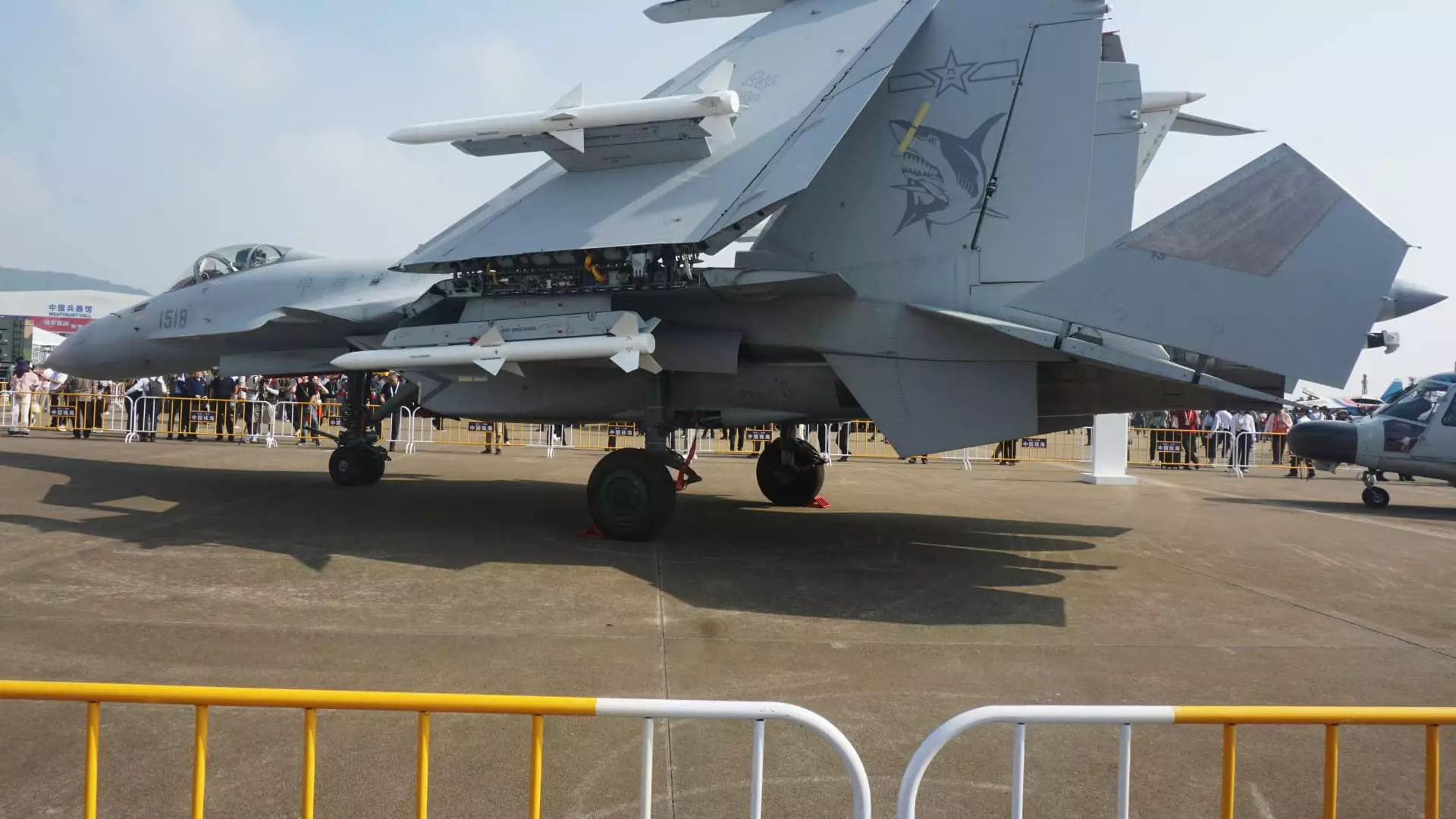On Wednesday, China revealed a consequential 7.2% increase in its defense budget, totaling an astonishing 1.78 trillion yuan ($244.99 billion) for 2025. This is not a sudden shift but a consistent trend, reflecting a two-year streak of similar growth rates. The commitment to “firmly safeguard” national security is clear, yet this escalation deserves scrutiny when placed within a global context that is fraught with military posturing. While the proposed budget exceeds China’s modest economic growth target of approximately 5%, it raises pressing questions about the priorities of the Chinese government as it navigates a landscape increasingly defined by military expenditures worldwide.
Defensive Posturing or Aggressive Ambitions?
Understanding the rationale behind China’s military budget requires a nuanced approach. Authorities claim this spending is aimed at fortifying national security, especially in a region rife with tensions. Lou Qinjian, a spokesperson for China’s National People’s Congress, stated, “peace needs to be safeguarded with strength,” a phrase that could resonate as both a defensive mantra and an aggressive declaration. Notably, defense spending hovers below 1.5% of GDP, a ratio that Lou insists is lower than the global average. Such framing is convenient; however, it belies the broader ambitions that may lurk beneath a veneer of defensive necessity. Is this truly about safeguarding peace, or is it a strategic calculation to project power amid geopolitical rivalries?
A Global Arms Race? The Western Response
As China’s defense budget burgeons, Western nations are simultaneously awakening to their own vulnerabilities. The European Union’s recent announcement to mobilize up to 800 billion euros ($841 billion) for Ukraine underscores an era where military spending is no longer a secondary priority. The suspension of U.S. military aid to Ukraine highlights a pragmatic hesitance amid a backdrop of escalating tensions with Russia. While the focus may be on Ukraine, the ramifications also stretch across the Pacific. The U.S., which commands a staggering military budget of $850 billion, stands in stark contrast to China’s increasing financial commitment to defense. This creates a precarious balance where military expenditures can spiral into an arms race.
Public Security vs. National Security
Remarkably, public security expenditures in China are also on the rise, with a 7.3% increase this year compared to last year’s 1.4%. This juxtaposition raises alarm bells about the regime’s priorities: are they more concerned with maintaining internal order or bolstering military defenses? Such increases in public security spending point to a regime anxious about dissent, suggesting that the government’s narrative of external threats may mask deeper fears regarding its stability at home. Here lies a troubling duality—on one hand, China is investing heavily in an expanding military, while on the other, it fortifies its capacity to suppress domestic unrest.
A Future of Uncertainty
China’s ascending military budget is symptomatic of a broader trend of militarization in a world increasingly fraught with conflict. Perhaps the greatest danger lies in the perception that military spending, justified by national security, can create a self-fulfilling prophecy. By continuing to inflate its defense budget in such a significant manner, China could be cornering itself into a cycle where diplomatic relations may dwindle, leading to increased tensions both regionally and globally. As nations engage in their own military buildups, the possibility of miscalculation looms large, presenting a precarious future for international relations and peace.

